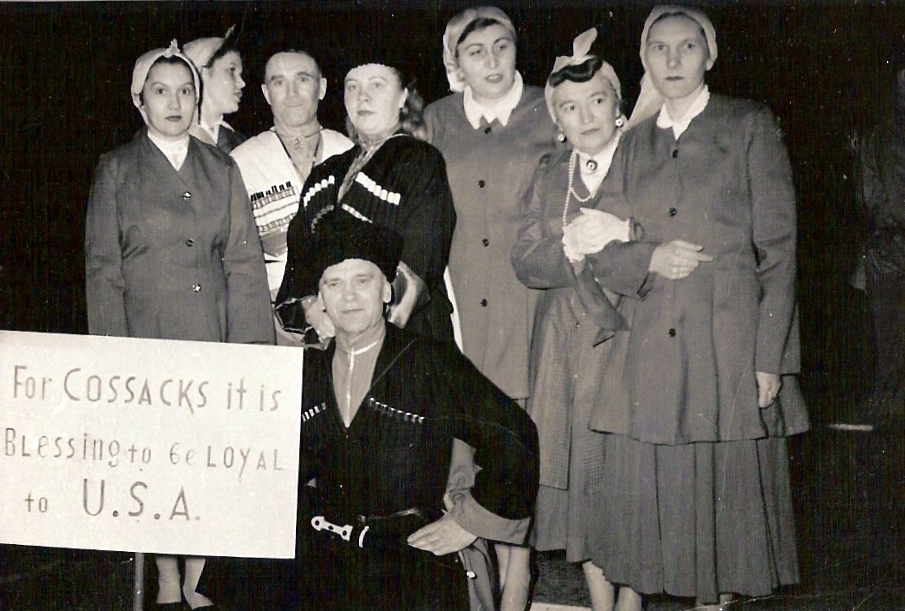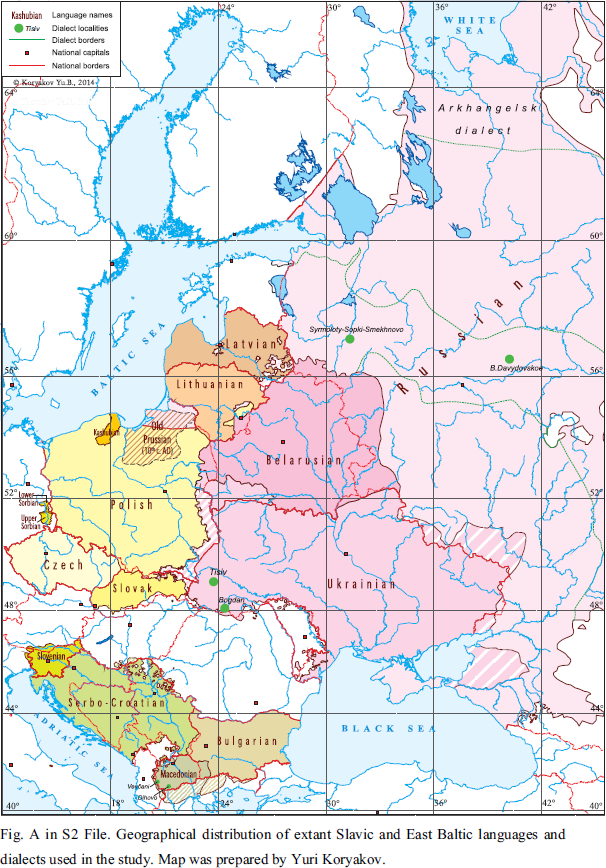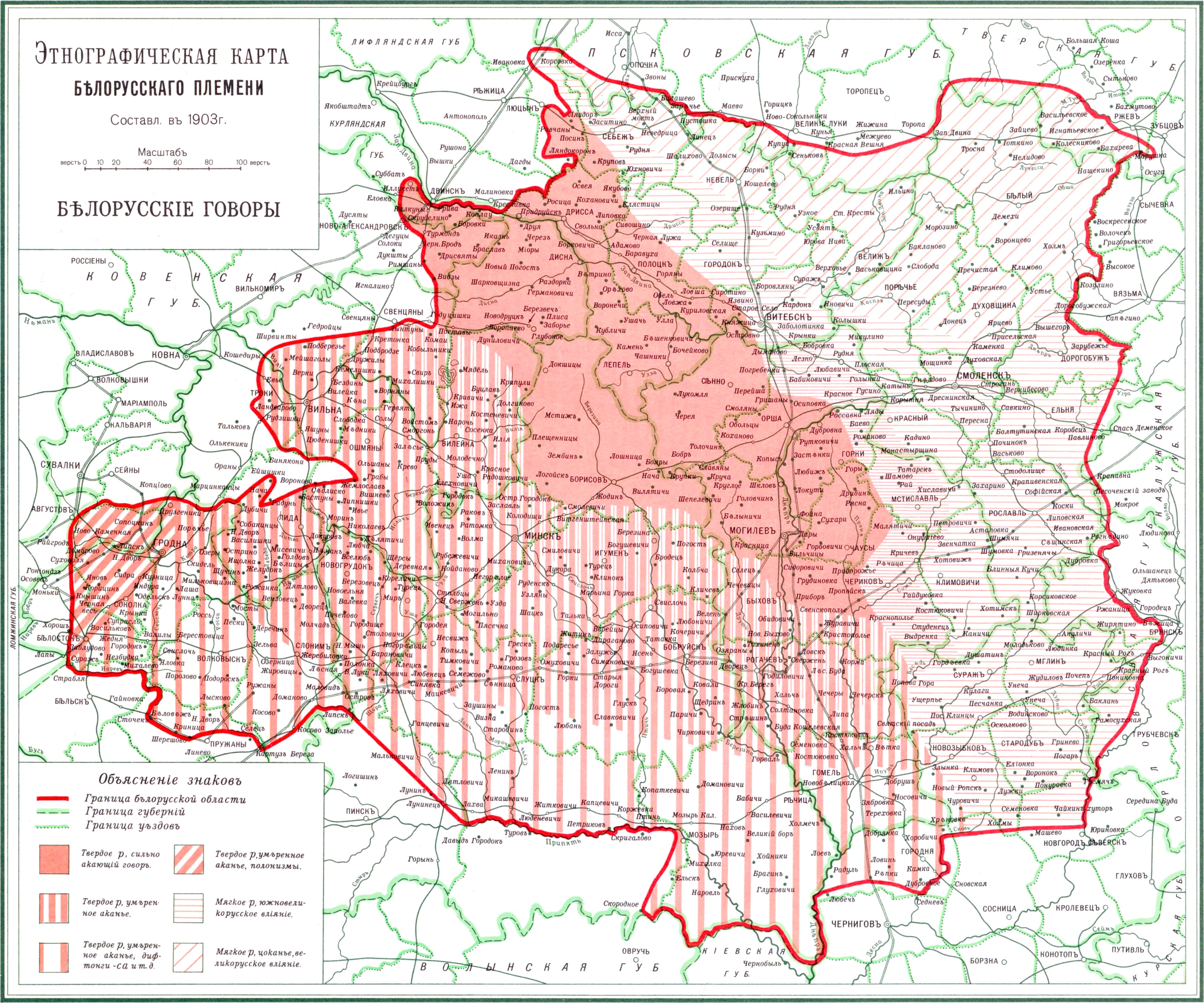|
Stanisław Bułak-Bałachowicz
Stanisław Bułak-Bałachowicz, russian: link=no, Станисла́в Була́к-Балахо́вич (12 November 1883 – 10 May 1940) was a notable general, military commander and veteran of World War I, the Russian Civil War, Estonian War of Independence, the 1918–1921 Polish-Soviet War and the 1939 Invasion of Poland at the start of World War II. He is remembered as a national hero of the Belarusian opposition and of the Belarusian minority in Poland. Biography Early life Stanisław Bułak-Bałachowicz was born 10 February 1883 in , a small village in the Zarasai County of the Kovno Governorate in the Russian Empire (now Ignalina District Municipality in Lithuania). Stanisław had two brothers and six sisters. His parents were servants to a local landlord of Belarusian ethnicity.Bułak-Bałachowicz S.N. "General Bułak-Bałachowicz on his deeds: how it was in reality? // Civil war archive. Berlin, 1923 Following Stanisław's birth, his father left the landlord's ... [...More Info...] [...Related Items...] OR: [Wikipedia] [Google] [Baidu] |
Ignalina District Municipality
Ignalina District Municipality is one of 60 municipalities in Lithuania. Structure District structure: * 2 cities – Dūkštas and Ignalina; * 3 towns – Mielagėnai, Rimšė and Tverečius; * 726 villages. * Ignalina District Municipality consists of 12 smaller administration units - elderships. Population of largest Ignalina District Municipality elderships (2014-07-01): *Ignalina town – 5605 *Didžiasalis – 1691 * Vidiškės – 1278 * Dūkštas – 1756 *Kazitiškis – 1039 * Naujasis Daugėliškis – 1491 * Mielagėnai – 887 * Ceikiniai – 533 * Linkmenys – 970 * Rimšė – 999 * Tverečius – 590 In total - 18414 inhabitants. Elderships Ignalina District Municipality is divided into 12 elderships: Nature and geography File:Lusiu ezeras.jpg, Lūšiai File:Pliateriu akmuo.jpg, Rock of Pliateriai File:Srove (river) 1.jpg, The Srovė river See also *Aukštaitija National Park __NOTOC__ Aukštaitija National Park is a national park in no ... [...More Info...] [...Related Items...] OR: [Wikipedia] [Google] [Baidu] |
2nd Cavalry Division (Russian Empire)
The 2nd Cavalry Division (russian: 2-я кавалерийская дивизия , ''2-ya Kavaleriiskaya Diviziya'') was a cavalry formation of the Russian Imperial Army. In 1914, the division was headquartered at Suwałki, part of the 2nd Army Corps. Organization In 1914, the division included the following units: *1st Cavalry Brigade (Suwalki) **2nd Pskov Life Dragoon Regiment (Suwalki) **2nd Courland Life Uhlan Regiment ( Kalwaria) *2nd Cavalry Brigade (Suwalki) **2nd Pavlograd Life Hussar Regiment (Suwalki) **2nd Don Cossack Regiment (Augustów) *2nd Horse Artillery Battalion (Suwalki) Commanders (Division Chiefs) *1884–1892: Feofil Egorovich Meindorf *1899–1901: Pavel Plehve *1905: Alexander Dubensky *1909: Afanasy Tsurikov *1914: Huseyn Khan Nakhchivanski Chiefs of Staff *12/03/1876 - 07/19/1877 - Colonel Povalo-Shveikovsky, Alexander Nikolaevich *11/06/1877 - 05/21/1886 - Colonel Gek, Andrey Konstantinovich *03/26/1887 - 03/10/1889 - Colonel Schwemberger, Joseph F ... [...More Info...] [...Related Items...] OR: [Wikipedia] [Google] [Baidu] |
Cossack
The Cossacks , es, cosaco , et, Kasakad, cazacii , fi, Kasakat, cazacii , french: cosaques , hu, kozákok, cazacii , it, cosacchi , orv, коза́ки, pl, Kozacy , pt, cossacos , ro, cazaci , russian: казаки́ or , sk, kozáci , uk, козаки́ are a predominantly East Slavic Orthodox Christian people originating in the Pontic–Caspian steppe of Ukraine and southern Russia. Historically, they were a semi-nomadic and semi-militarized people, who, while under the nominal suzerainty of various Eastern European states at the time, were allowed a great degree of self-governance in exchange for military service. Although numerous linguistic and religious groups came together to form the Cossacks, most of them coalesced and became East Slavic-speaking Orthodox Christians. The Cossacks were particularly noted for holding democratic traditions. The rulers of the Polish-Lithuanian Commonwealth and Russian Empire endowed Cossacks with certain ... [...More Info...] [...Related Items...] OR: [Wikipedia] [Google] [Baidu] |
Ensign (rank)
Ensign (; Late Middle English, from Old French (), from Latin (plural)) is a junior rank of a commissioned officer in the armed forces of some countries, normally in the infantry or navy. As the junior officer in an infantry regiment was traditionally the carrier of the ensign flag, the rank acquired the name. This rank has generally been replaced in army ranks by second lieutenant. Ensigns were generally the lowest-ranking commissioned officer, except where the rank of subaltern existed. In contrast, the Arab rank of ensign, لواء, '' liwa''', derives from the command of units with an ensign, not the carrier of such a unit's ensign, and is today the equivalent of a major general. In Thomas Venn's 1672 ''Military and Maritime Discipline in Three Books'', the duties of ensigns are to include not only carrying the color but assisting the captain and lieutenant of a company and in their absence, have their authority. "Ensign" is ''enseigne'' in French, and '' chorąży'' i ... [...More Info...] [...Related Items...] OR: [Wikipedia] [Google] [Baidu] |
Grand Duke Nikolai Nikolaevich Of Russia (1856–1929)
Grand may refer to: People with the name * Grand (surname) * Grand L. Bush (born 1955), American actor * Grand Mixer DXT, American turntablist * Grand Puba (born 1966), American rapper Places * Grand, Oklahoma * Grand, Vosges, village and commune in France with Gallo-Roman amphitheatre * Grand Concourse (other), several places * Grand County (other), several places * Grand Geyser, Upper Geyser Basin of Yellowstone * Grand Rounds National Scenic Byway, a parkway system in Minneapolis, Minnesota, United States * Le Grand, California, census-designated place * Grand Staircase, a place in the US. Arts, entertainment, and media * ''Grand'' (Erin McKeown album), 2003 * ''Grand'' (Matt and Kim album), 2009 * ''Grand'' (magazine), a lifestyle magazine related to related to grandparents * ''Grand'' (TV series), American sitcom, 1990 * Grand piano, musical instrument * Grand Production, Serbian record label company * The Grand Tour, a new British automobile show ... [...More Info...] [...Related Items...] OR: [Wikipedia] [Google] [Baidu] |
Belarusian Language
Belarusian ( be, беларуская мова, biełaruskaja mova, link=no, ) is an East Slavic language. It is the native language of many Belarusians and one of the two official state languages in Belarus. Additionally, it is spoken in some parts of Russia, Lithuania, Latvia, Poland, and Ukraine by Belarusian minorities in those countries. Before Belarus gained independence in 1991, the language was only known in English as ''Byelorussian'' or ''Belorussian'', the compound term retaining the English-language name for the Russian language in its second part, or alternatively as ''White Russian''. Following independence, it became known as ''Belarusan'' and since 1995 as ''Belarusian'' in English. As one of the East Slavic languages, Belarusian shares many grammatical and lexical features with other members of the group. To some extent, Russian, Rusyn, Ukrainian, and Belarusian retain a degree of mutual intelligibility. Its predecessor stage is known in Western aca ... [...More Info...] [...Related Items...] OR: [Wikipedia] [Google] [Baidu] |
Belmontas
Belmontas (originally Belmont) is a suburb of Vilnius. It is located in the area of Rasos, on the right bank of Vilnia River, to the east of Užupis. Originally a clearing in the woods surrounding the city of Vilna, it belonged to the municipal artillery units, along with the nearby cannon foundry (modern Pūčkoriai). In the 19th century a French emigrant built a flour mill on the spot and named it Belmont, possibly after one of several locations named Belmont Belmont may refer to: People * Belmont (surname) Places * Belmont Abbey (other) * Belmont Historic District (other) * Belmont Hotel (other) * Belmont Park (other) * Belmont Plantation (other) * Belmon ... in France. Abandoned, the mill was rebuilt in the early 2000s as a tourist attraction, a restaurant and a hotel. Neighbourhoods of Vilnius {{poland-hist-stub ... [...More Info...] [...Related Items...] OR: [Wikipedia] [Google] [Baidu] |
Belarusians
, native_name_lang = be , pop = 9.5–10 million , image = , caption = , popplace = 7.99 million , region1 = , pop1 = 600,000–768,000 , region2 = , pop2 = 521,443 , region3 = , pop3 = 275,763 , region4 = , pop4 = 105,404 , region5 = , pop5 = 68,174 , region6 = , pop6 = 66,476 , region7 = , pop7 = 61,000 , region8 = , pop8 = 41,100 , region9 = , pop9 = 31,000 , region10 = , pop10 = 20,000 , region11 = , pop11 = 15,565 , region12 = , pop12 = 12,100 , region13 = , pop13 = 11,828 , region14 = , pop14 = 10,054 , region15 = , pop15 = 8,529 , region16 = , pop16 = 7,500 ... [...More Info...] [...Related Items...] OR: [Wikipedia] [Google] [Baidu] |
Lithuania
Lithuania (; lt, Lietuva ), officially the Republic of Lithuania ( lt, Lietuvos Respublika, links=no ), is a country in the Baltic region of Europe. It is one of three Baltic states and lies on the eastern shore of the Baltic Sea. Lithuania shares land borders with Latvia to the north, Belarus to the east and south, Poland to the south, and Russia to the southwest. It has a maritime border with Sweden to the west on the Baltic Sea. Lithuania covers an area of , with a population of 2.8 million. Its capital and largest city is Vilnius; other major cities are Kaunas and Klaipėda. Lithuanians belong to the ethno-linguistic group of the Balts and speak Lithuanian, one of only a few living Baltic languages. For millennia the southeastern shores of the Baltic Sea were inhabited by various Baltic tribes. In the 1230s, Lithuanian lands were united by Mindaugas, becoming king and founding the Kingdom of Lithuania on 6 July 1253. In the 14th century, the Grand Duchy of Li ... [...More Info...] [...Related Items...] OR: [Wikipedia] [Google] [Baidu] |
Zarasai County
Zarasai County (russian: Новоалександровский уезд, lt, Zarasų apskritis, lt, Novoaleksandrovsko apskritis ) was one of the counties of the Russian Empire. History Established 1795 under Vilna Governorate. Transferred to Kovno Governorate in 1843. Formal abolition in 1924 by Soviet authorities. Demographics At the time of the Russian Empire Census of 1897, Zarasai County had a population of 208,487. Of these, 49.8% spoke Lithuanian, 16.8% Belarusian, 12.7% Yiddish, 9.9% Russian, 8.9% Polish, 1.8% Latvian and 0.1% German German(s) may refer to: * Germany (of or related to) **Germania (historical use) * Germans, citizens of Germany, people of German ancestry, or native speakers of the German language ** For citizens of Germany, see also German nationality law **Ger ... as their native language. References {{coord missing, Russia Uezds of Vilna Governorate Uezds of Kovno Governorate Kovno Governorate ... [...More Info...] [...Related Items...] OR: [Wikipedia] [Google] [Baidu] |
Belarusian Minority In Poland
The Belarusian minority in Poland is composed of 47,000 people according to the Polish census of 2011.Przynależność narodowo-etniczna ludności – wyniki spisu ludności i mieszkań 2011'. GUS. Materiał na konferencję prasową w dniu 29. 01. 2013. p. 3. This number decreased in the last decades from over 300,000 due to an active process of assimilation. Most of them live in the Podlaskie Voivodeship. A small but unconfirmed Belarusian population remains in the West Pomeranian Voivodeship in western Poland. They may be assimilated into the Polish population, but Belarusian culture has not firmly disappeared in the whole of Poland since World War II. History Polish–Lithuanian Commonwealth Poland first acquired a Ruthenian (predominant ancestors of modern Belarusians) minority in the 16th century, when after the Union of Lublin in 1569 Poland gained control over some of eastern territories formerly belonging to the Grand Duchy of Lithuania. Poland retained control over ... [...More Info...] [...Related Items...] OR: [Wikipedia] [Google] [Baidu] |




